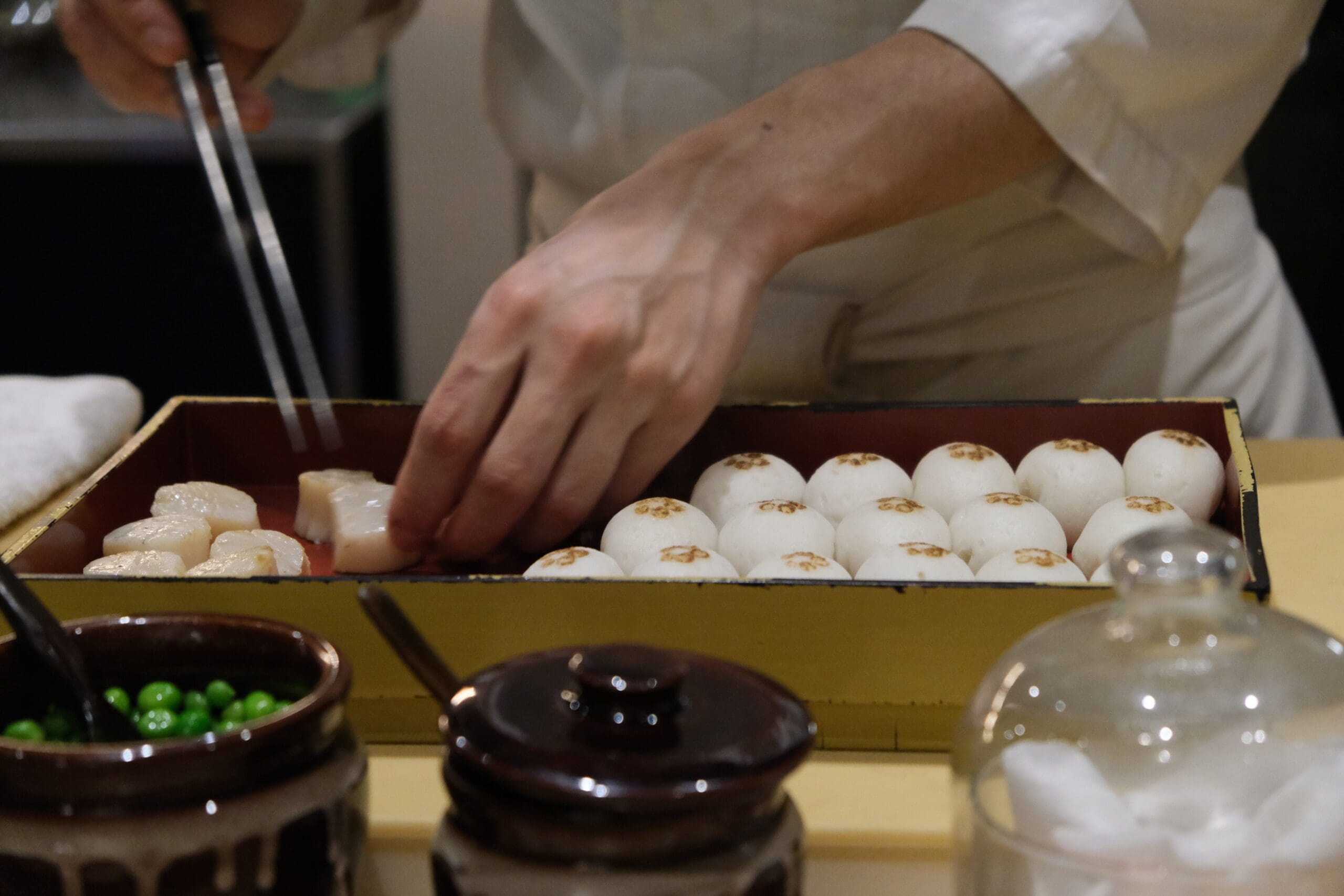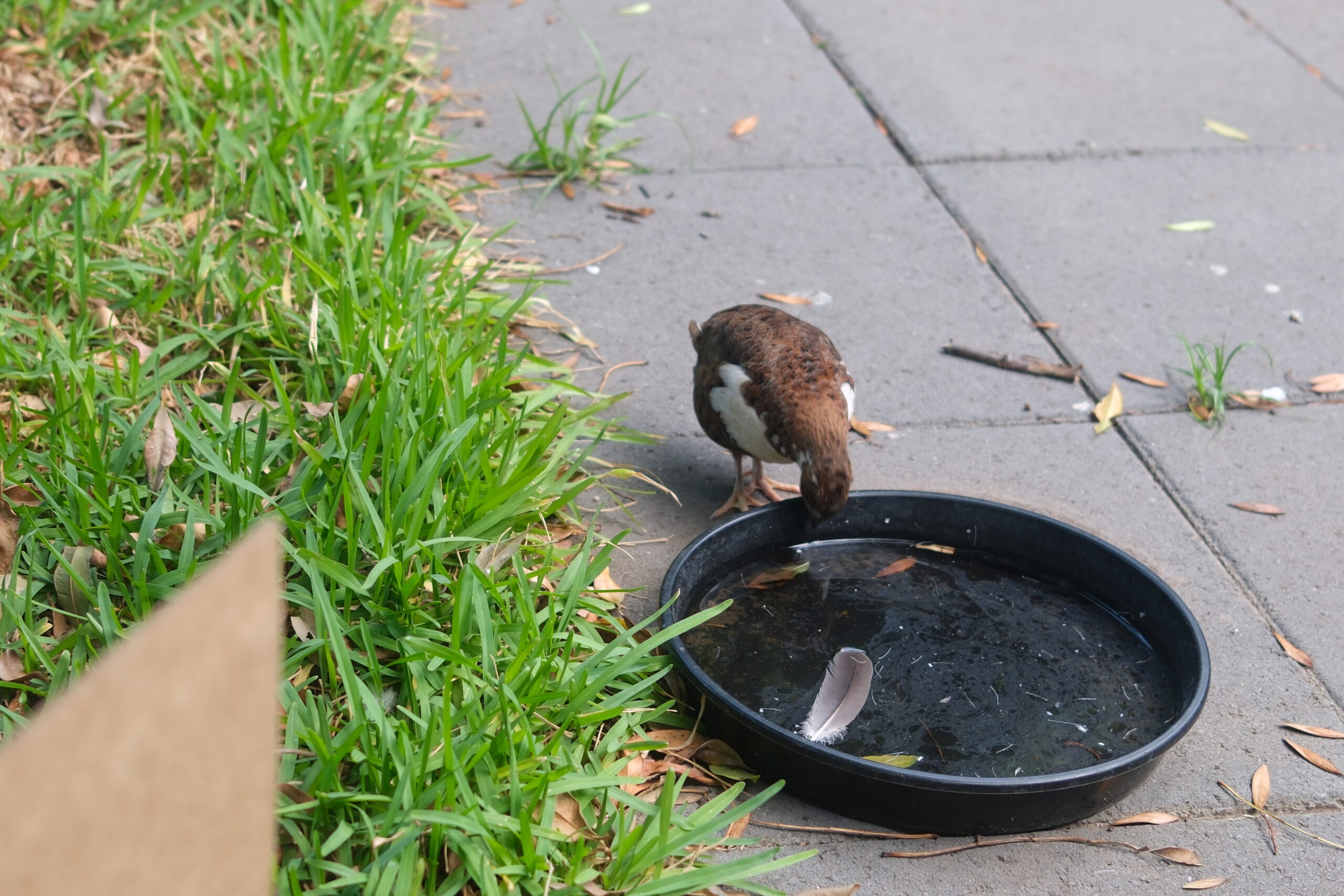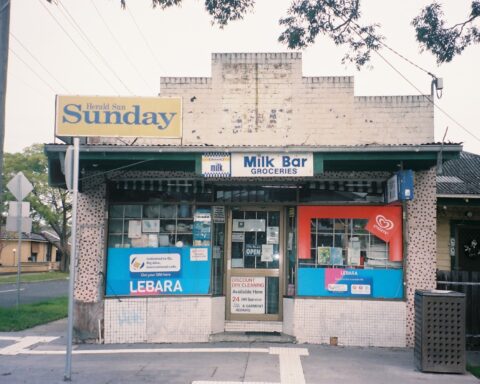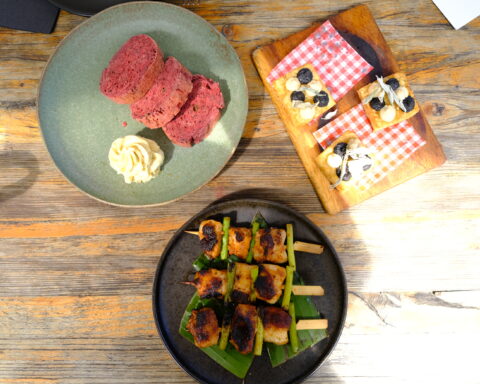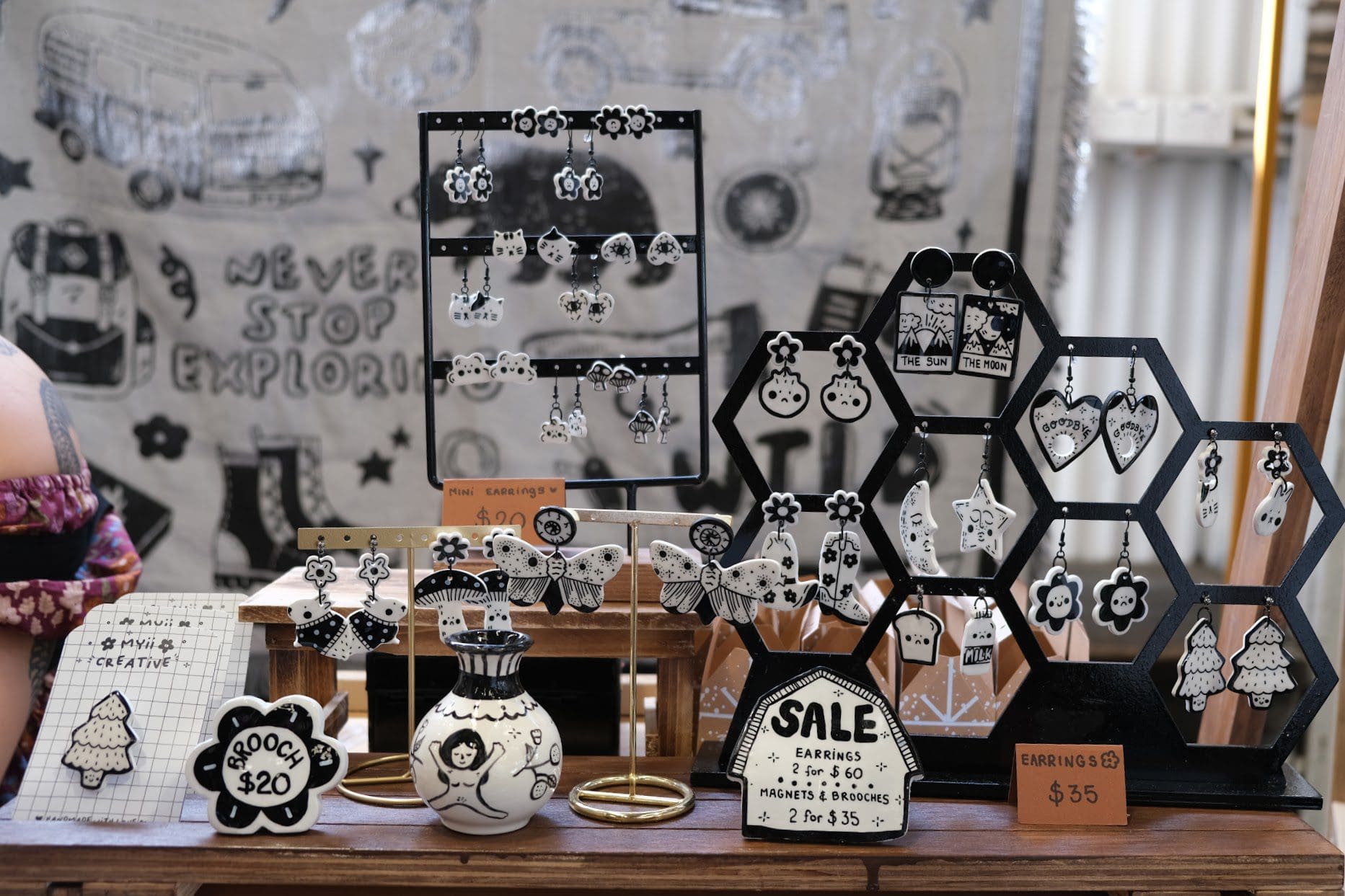Fafa took me to our first Kaiseki meal for our wedding anniversary in Ishizuka, Melbourne. It was hands down one of the best meals of my life.
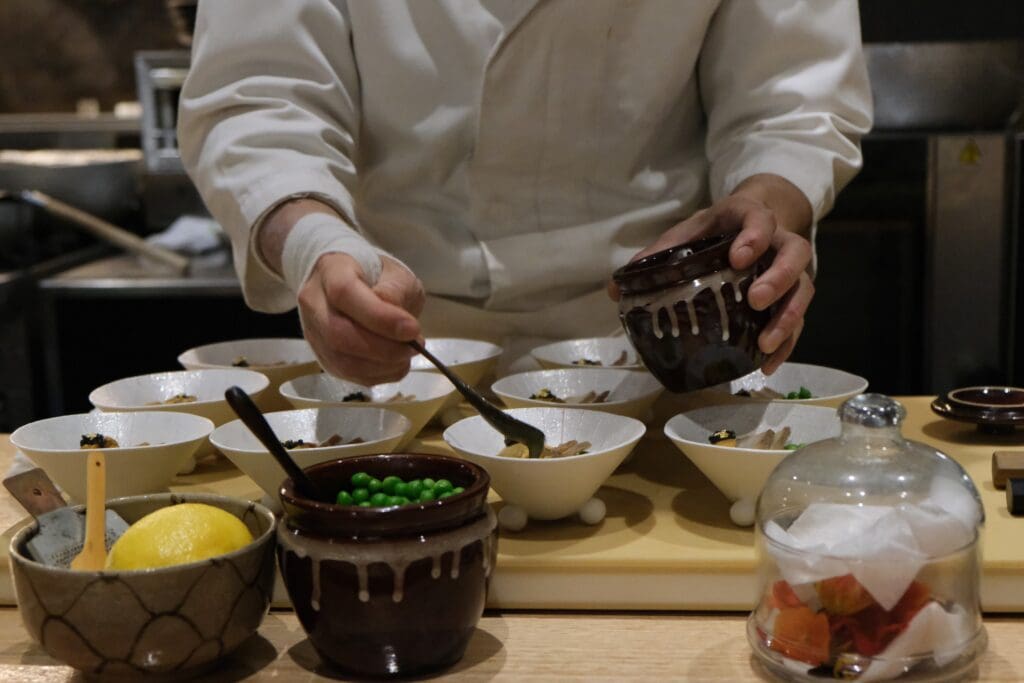
Kaiseki ━ Not Omakase
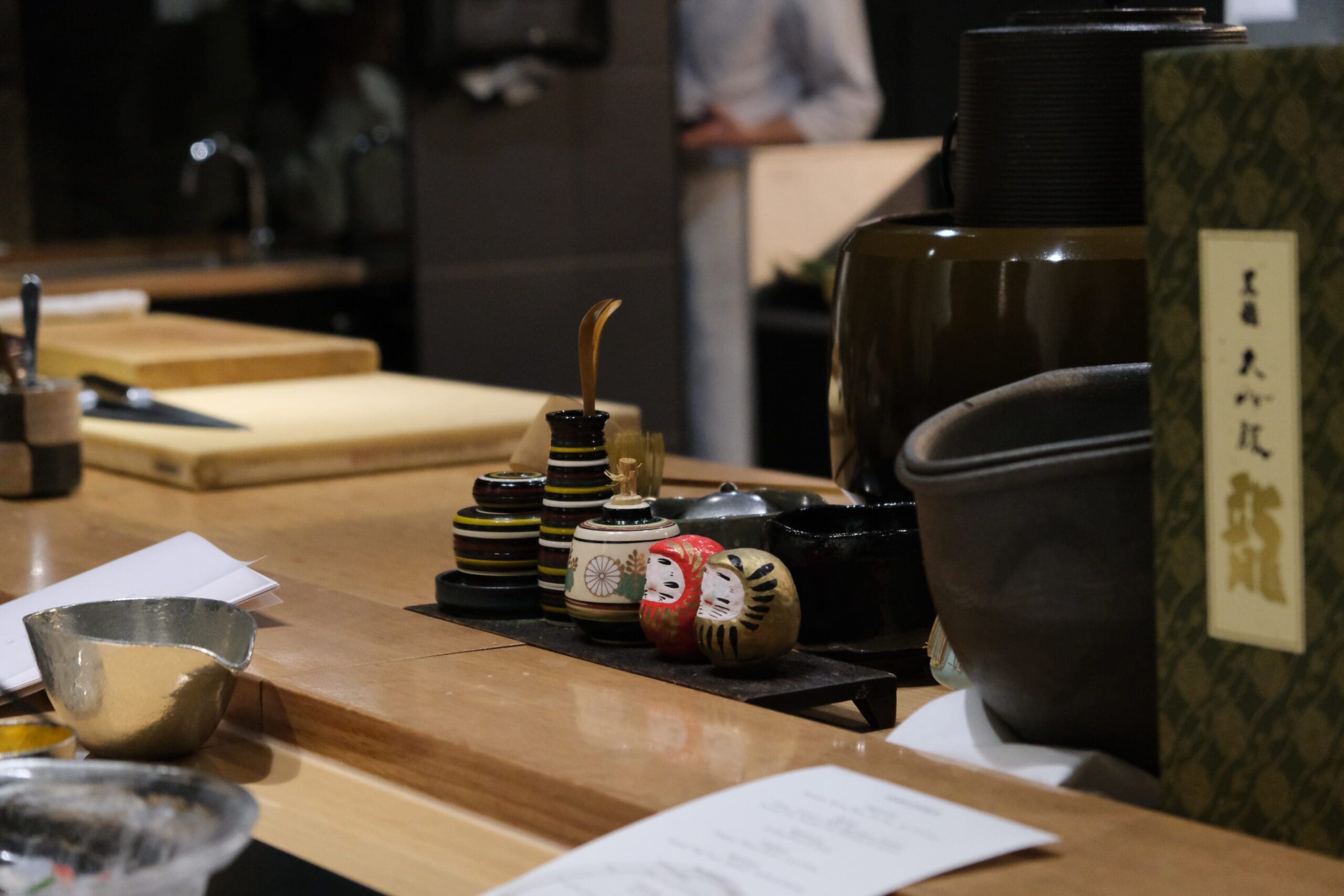
To my usual ignorance, I first thought Kaiseki was another word in Japanese food culture for Omakase.
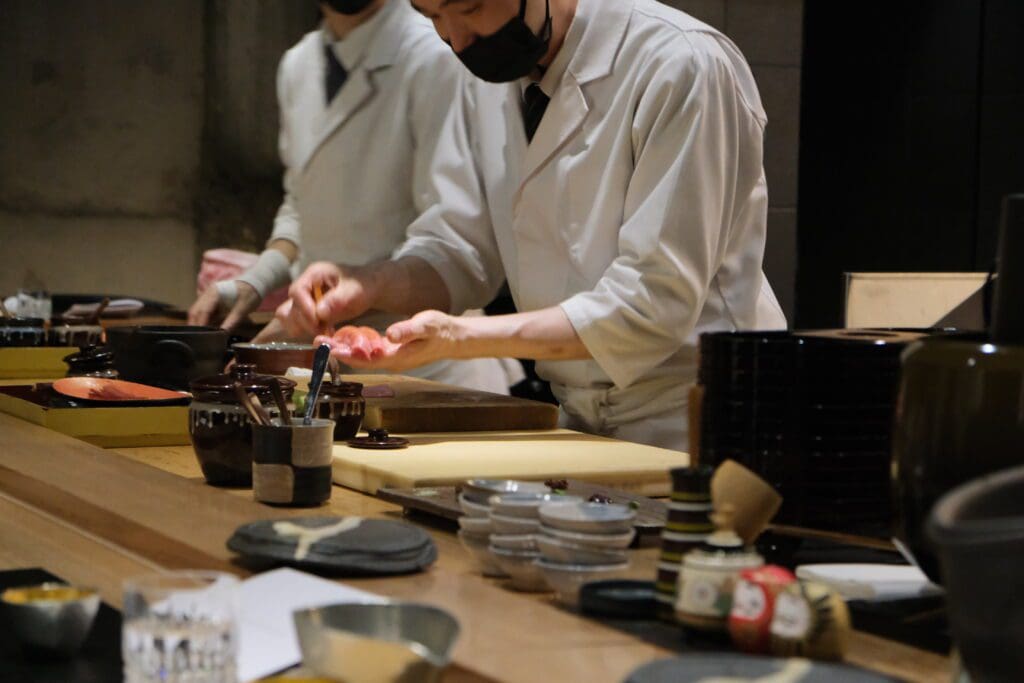
While both have similarities: of Japanese origin, strong connection with nature and seasons, attention and care are given to the food and whole experience, the chef-facing seating, to being the best meal experiences in life, there are not the same.
Simply put, Omakase is a meal of the chef’s choice ━ as they know what’s best and usually seasonal. It’s a multi-course meal where we let the chefs choose our food for us. Also, unlike most restaurants, the chefs take time to converse and explain each dish they choose for us. It also allows the patrons to different kinds of food which they otherwise won’t usually order.
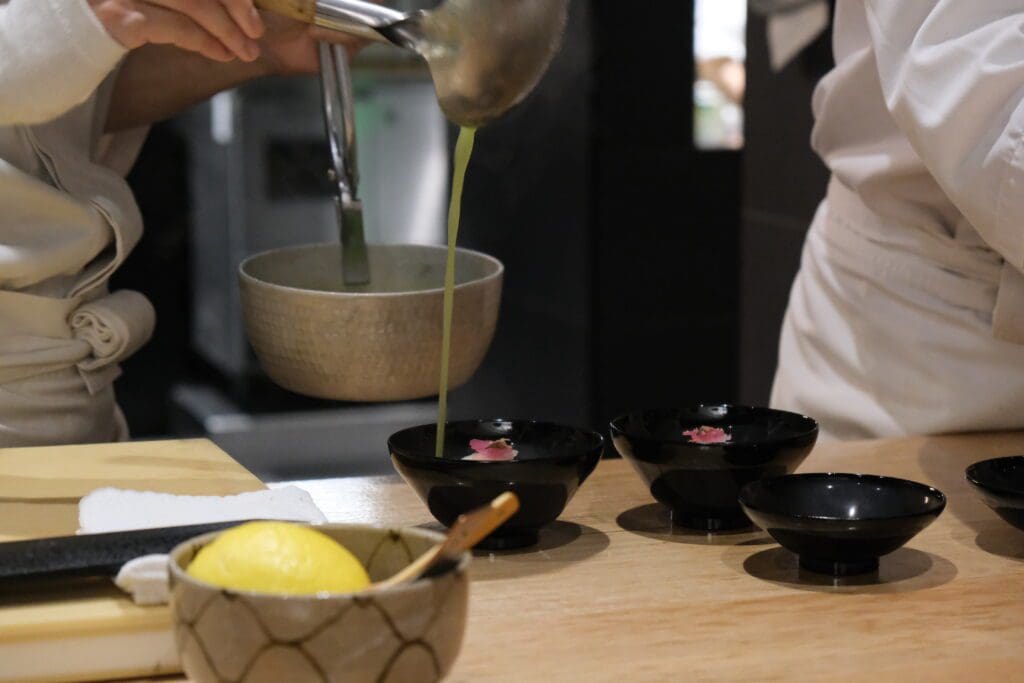
Meanwhile, Kaiseki is a much more elaborate multi-course Japanese set menu. The menu follows standard steps, akin to a western menu’s entree, main, and dessert, but again, more elaborate. It’s not just about the taste of the food; Kaiseki aims to satisfy all senses. It is usually served in restaurants with private rooms or an intimate dining setting. According to Ishizuka:
Contemporary Kaiseki restaurants can be found hidden below ground or on the upper floors of Tokyo’s high rises.
A Kaiseki Experience Outside of Tokyo
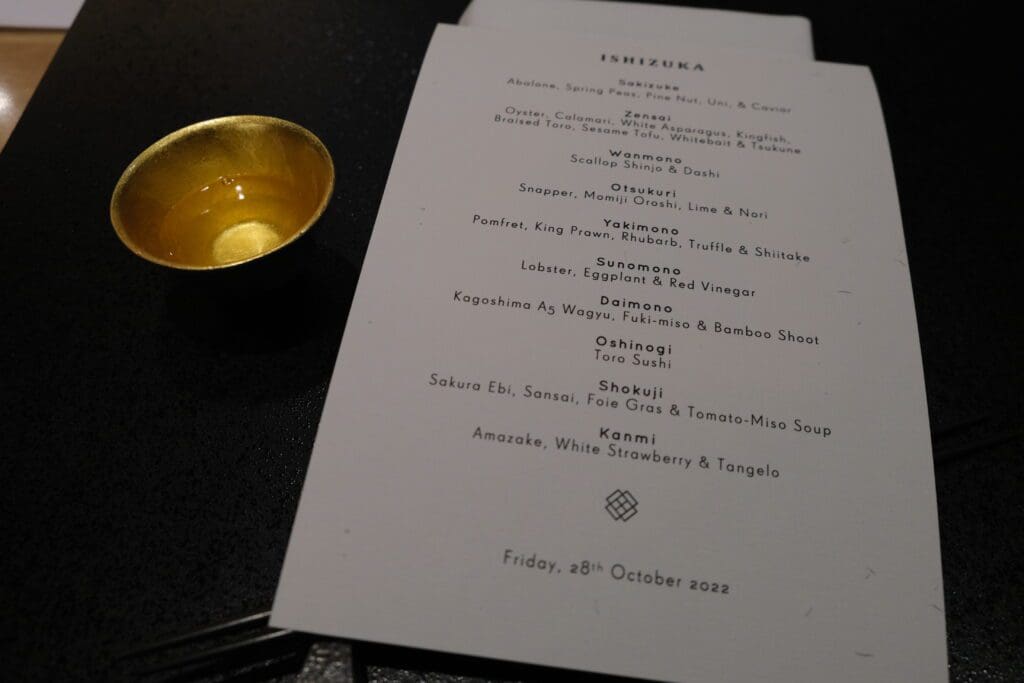
That night our Kaiseki experience started with the chef’s introduction and a welcome sake. We were also given the Spring menu of a 10-course meal.
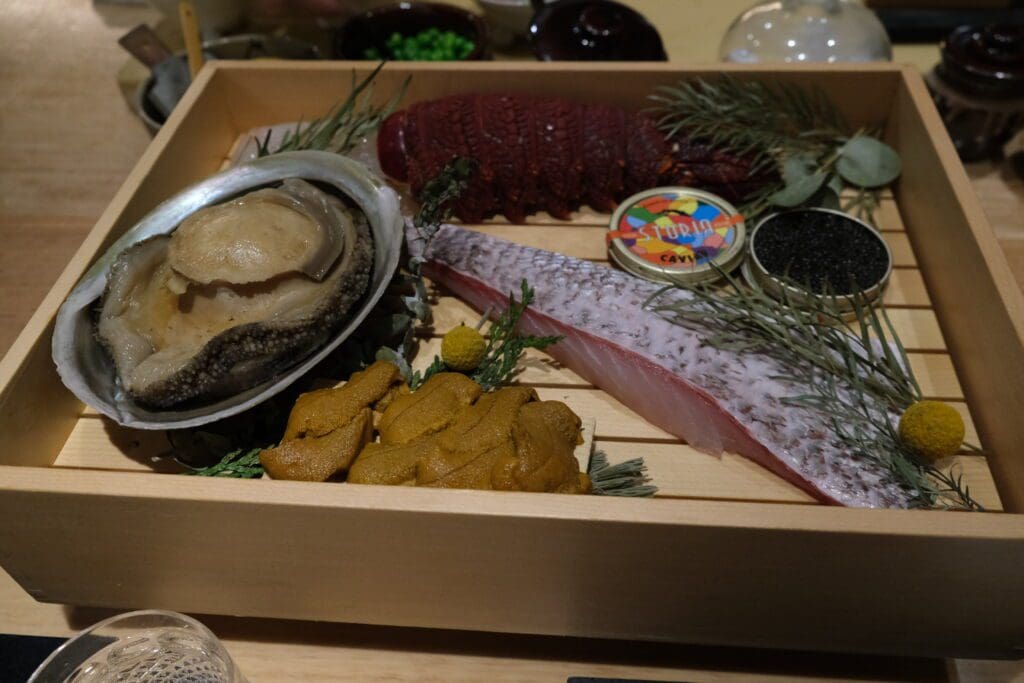
This was followed by another chef showcasing the fresh raw food we would be feasting that night – Abalone, salmon, lobster, sea urchin roe and caviar.
These steps themselves seperate Kaiseki differs from Omakase, as usually, Omakase doesn’t have a printed menu or a “sneak peek” of our food.
Sakizuke ━ Pre-appetizer
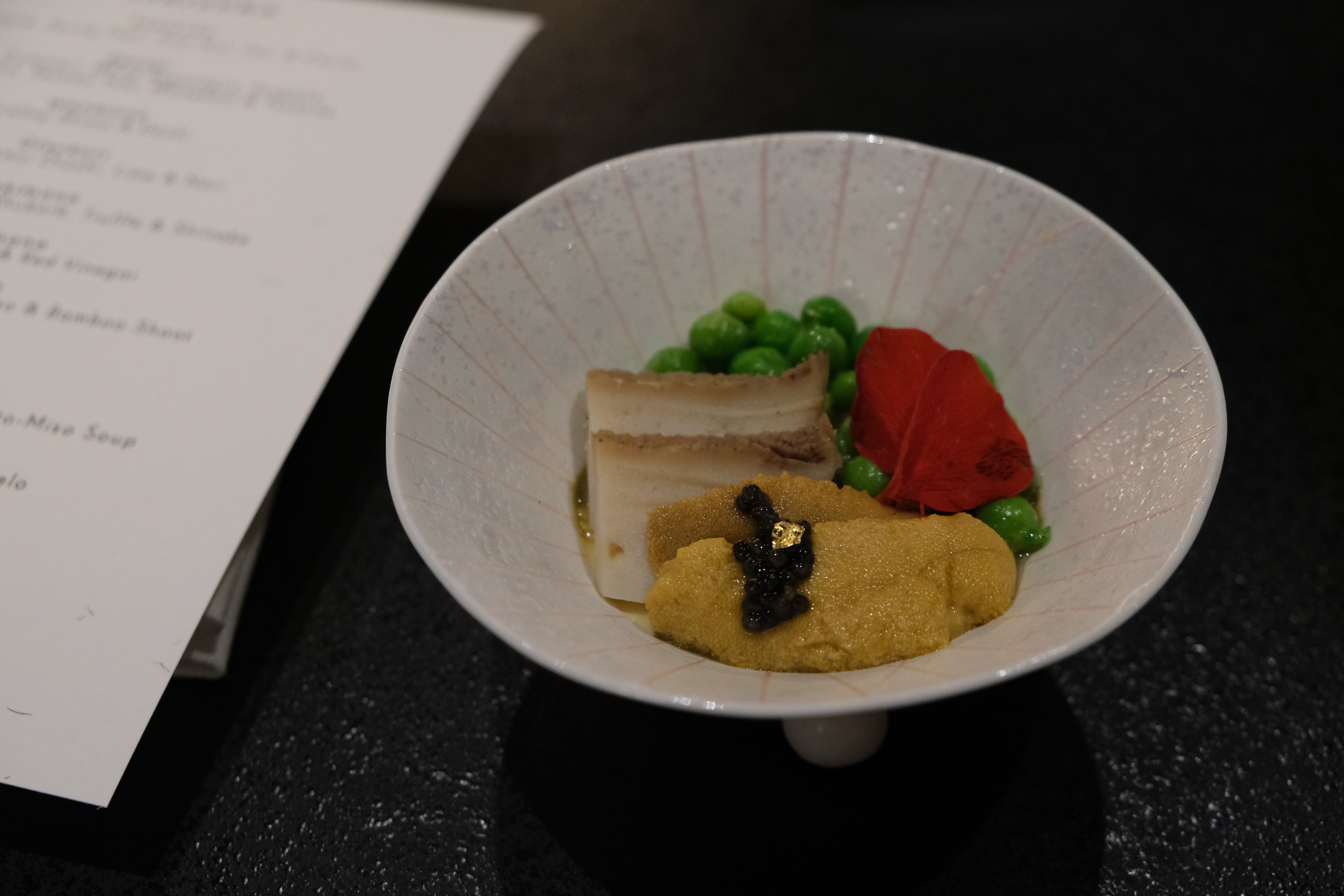
The appetizer is given to whet the appetite for the course as if our brain needed any more convincing. It was a bowl of beautifully presented and neatly arranged Abalone, and Uni (Sea Urchin Roe) topped with caviar and a tiny bit of gold leaf with a side of Spring Peas. The Abalone was chewy and perfectly paired with the umami-ness of Uni, while the peas added texture to each spoon.
Zensai ━ Appetizer
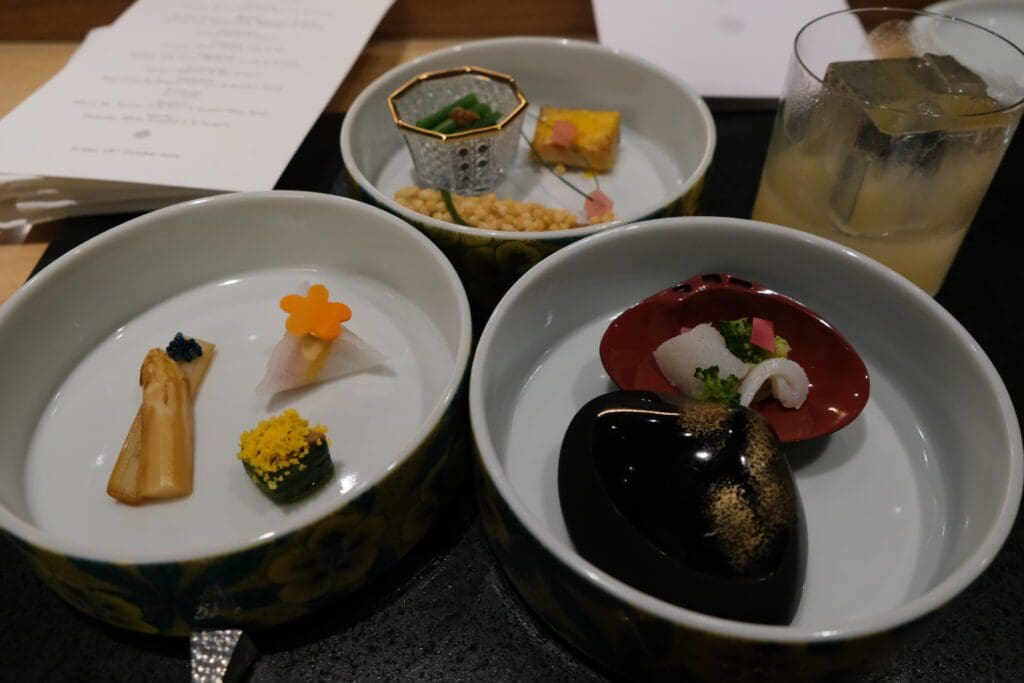
A course of complex-yet-appetizing three plates of appetizers. The first plate had Whitebait and Tsukune (chicken meatballs). The other plate was served with a clam-like lacquer; inside it was Oyster, calamari, and white asparagus. The last plate had Kingfish, tofu and salted egg drizzled sesame tofu. It was also my favourite among the three Zensai.
Wanmono ━ Soup
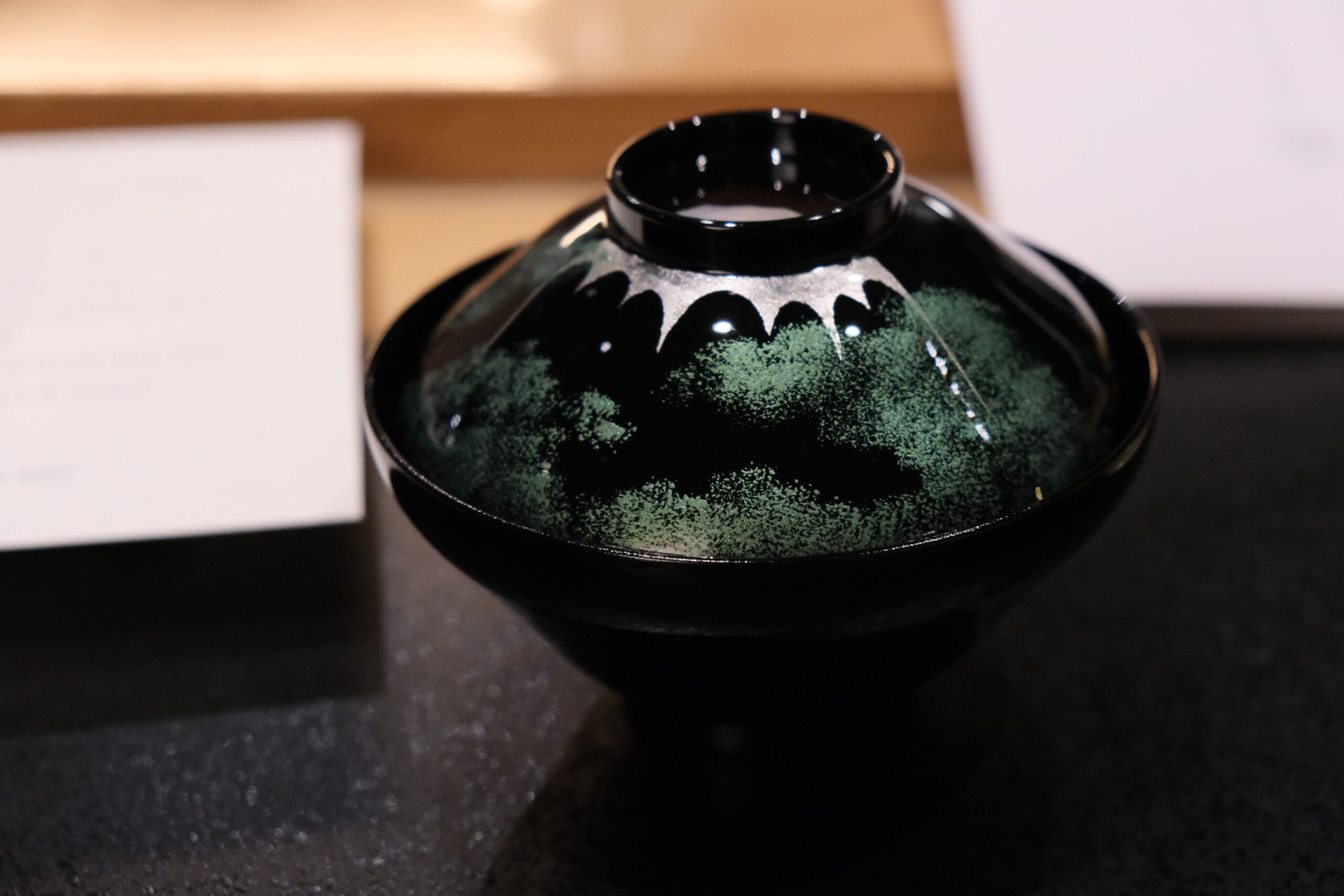
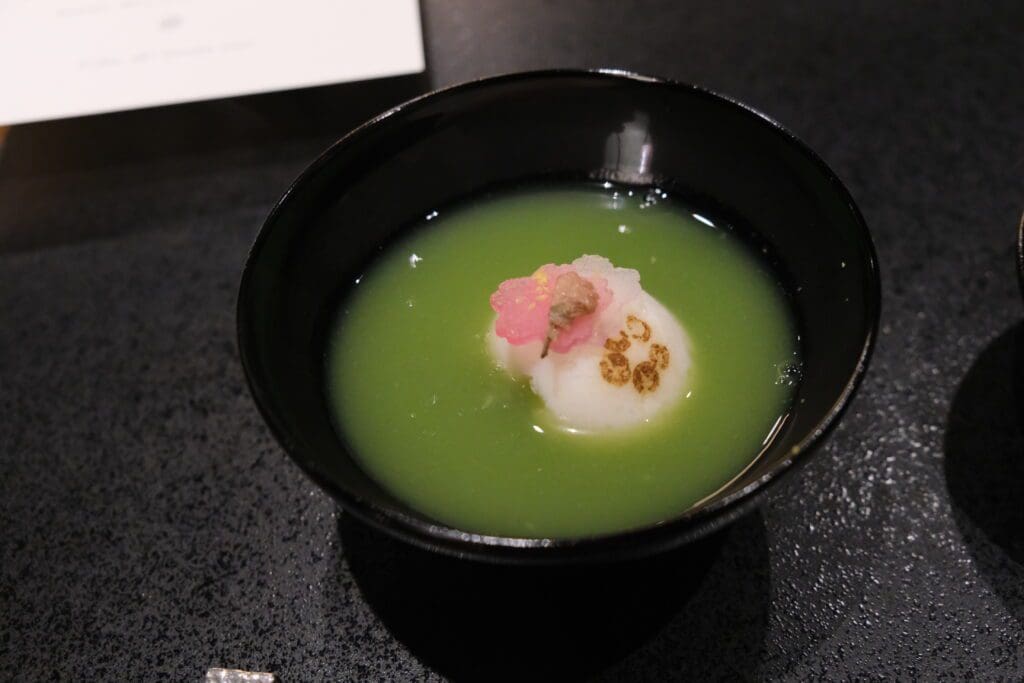
Wanmono translates as Japanese bowl. Scallop Shinjo (Scallop balls) and Dashi – served inside the beautifully decorated lacquered bowl. I had never tasted anything like it before; it was delicious.
Otsukuri ━ Sashimi
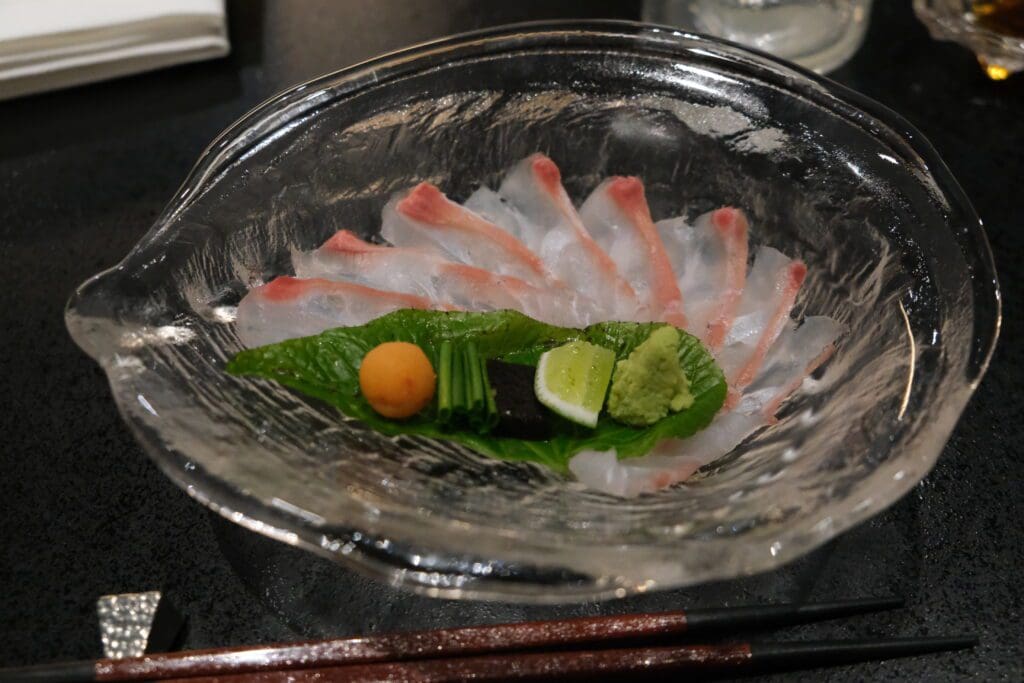
At last, a similarity between Kaiseki and Omakase ━ a sashimi platter of thinly sliced Snapper, which tasted really good as is. But the garnishes ━ of Momiji Orosshi (grated daikon radish and red chilli peppers), lime and Nori (edible seaweed) ━ eaten separately or mixed took this platter to another level.
Yakimono ━ Grilled Food
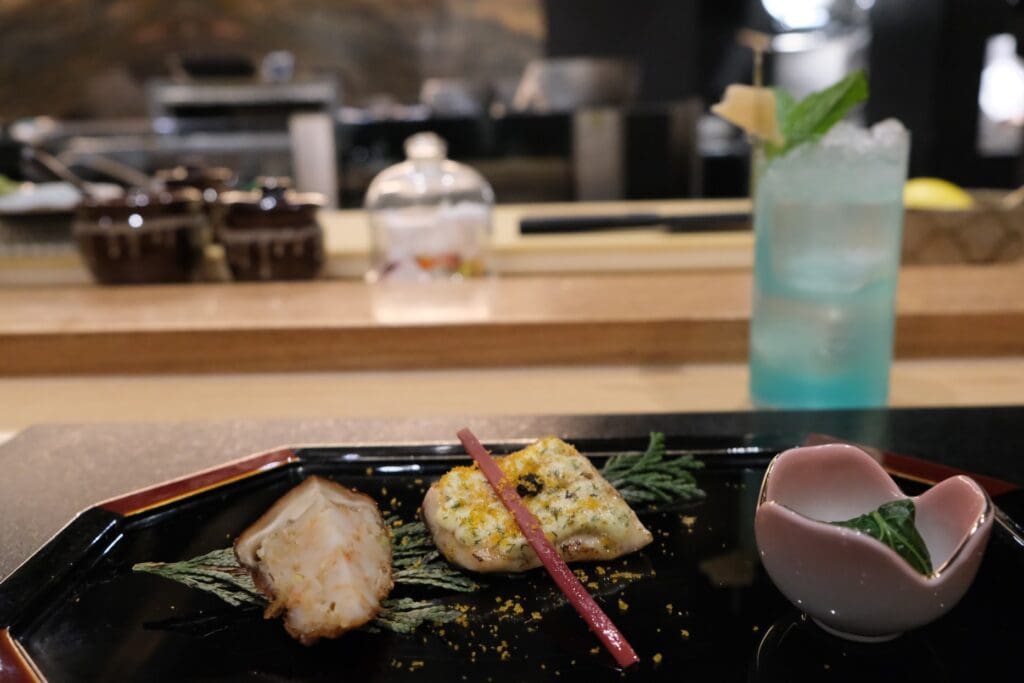
Though I don’t know much Japanese, I knew Yaki equals grilled. The Yakimono of the day was Pomfret, King Prawn and a plate of rhubarb, truffle and shiitake.
Sunomono ━ Salad
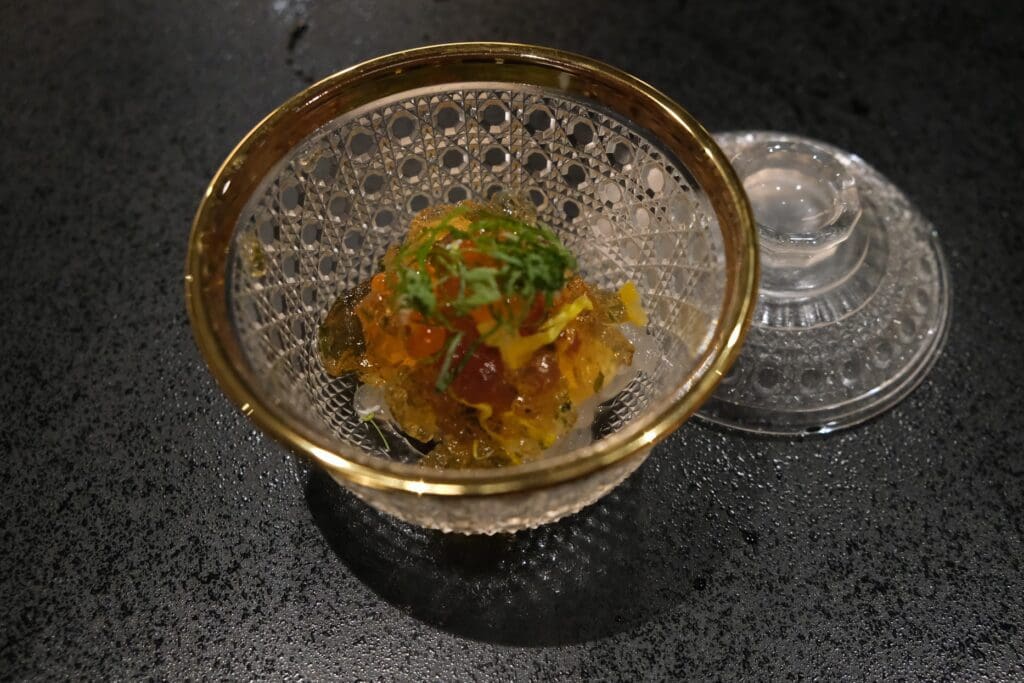
The Sunamono was lobster and eggplant drizzled with red vinegar. It was the best-tasting course so far, and later was one of the best courses of the night. We also loved the beautiful vessel it was served on.
Daimono ━ Fafa’s Fave Kaiseki Course in Ishizuka
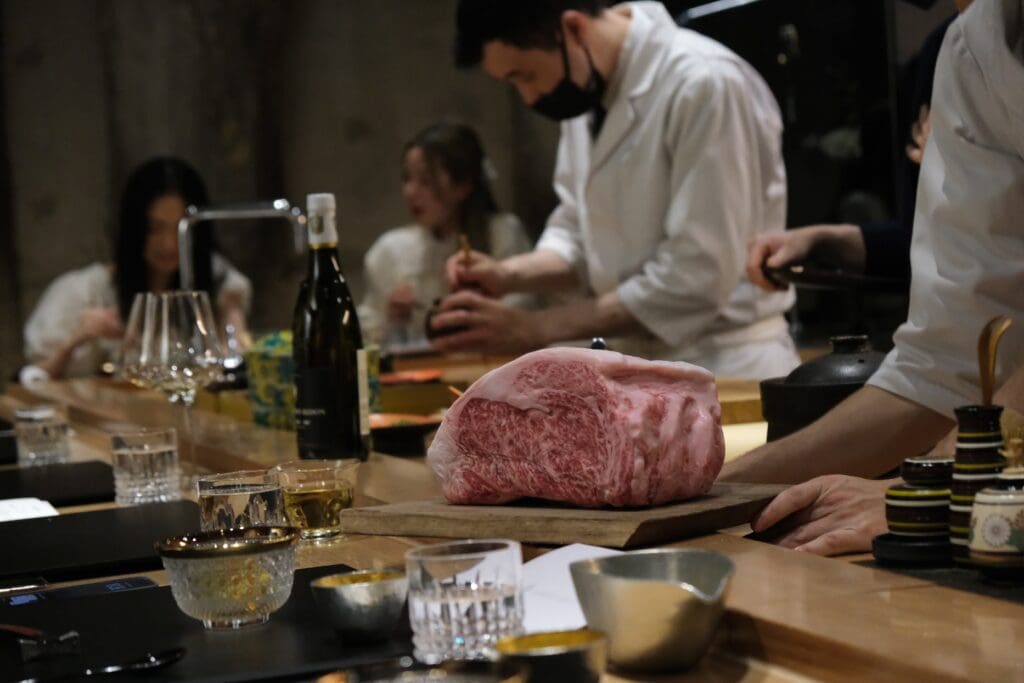
The Kagoshima A5 Wagyu, grilled to perfection, a bit brown on the outside and red on the inside, served with a side of Fuki-miso (Japanese butterber buds) ━ which perfectly complimented the wagyu meat and bamboo shoot. This course was easily Fafa’s favourite, and I knew it even before he confirmed it.
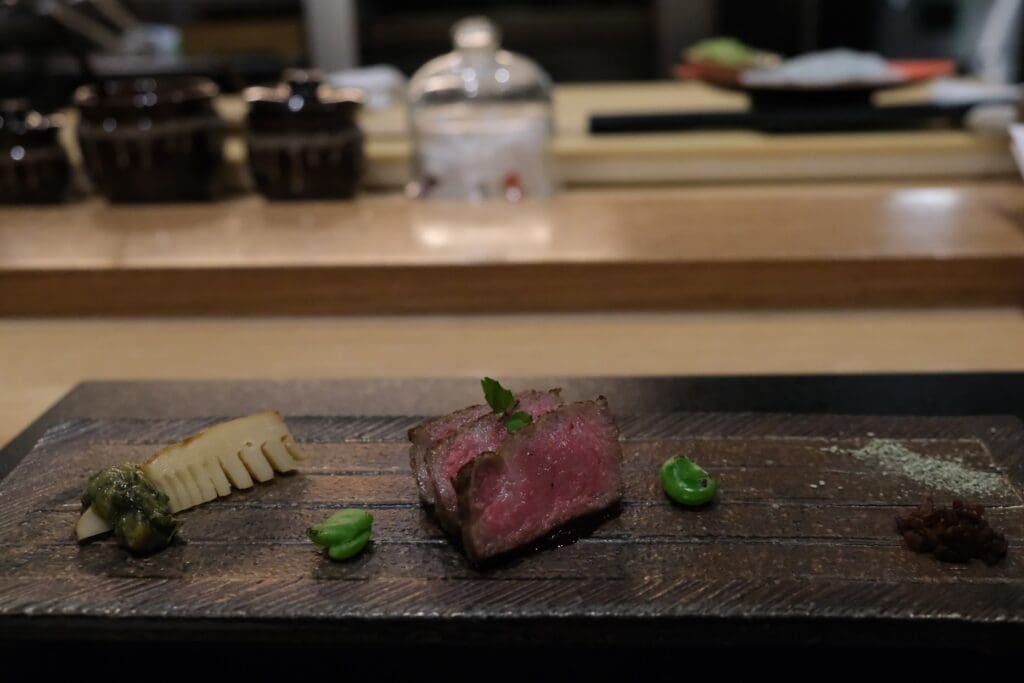
Oshinogi ━ Light Dish
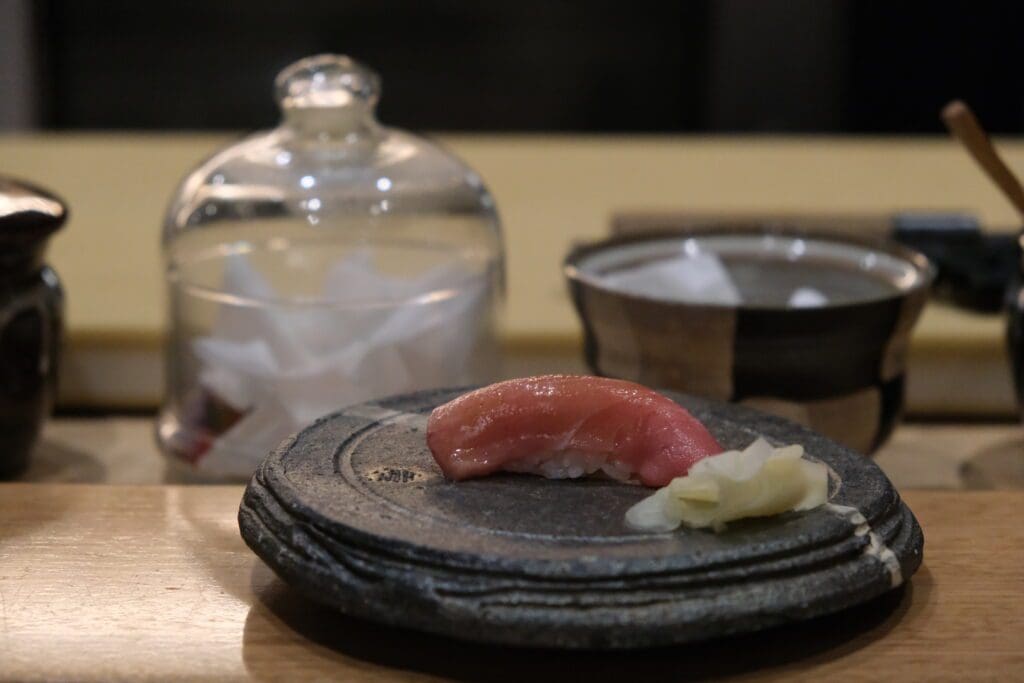
As the in-between dish, gearing up for the final-main course, we were served Toro (tuna belly) sushi. As I said to the chef that day:
I have eaten and enjoyed Toro sushi in a few places including Japan, but this one by far was my favorite one.
It was so soft that it melted in my mouth. It was a *chef’s kiss*.
Sokuji ━ Rice Dish ━ My Fave Kaiseki Course in Ishizuka
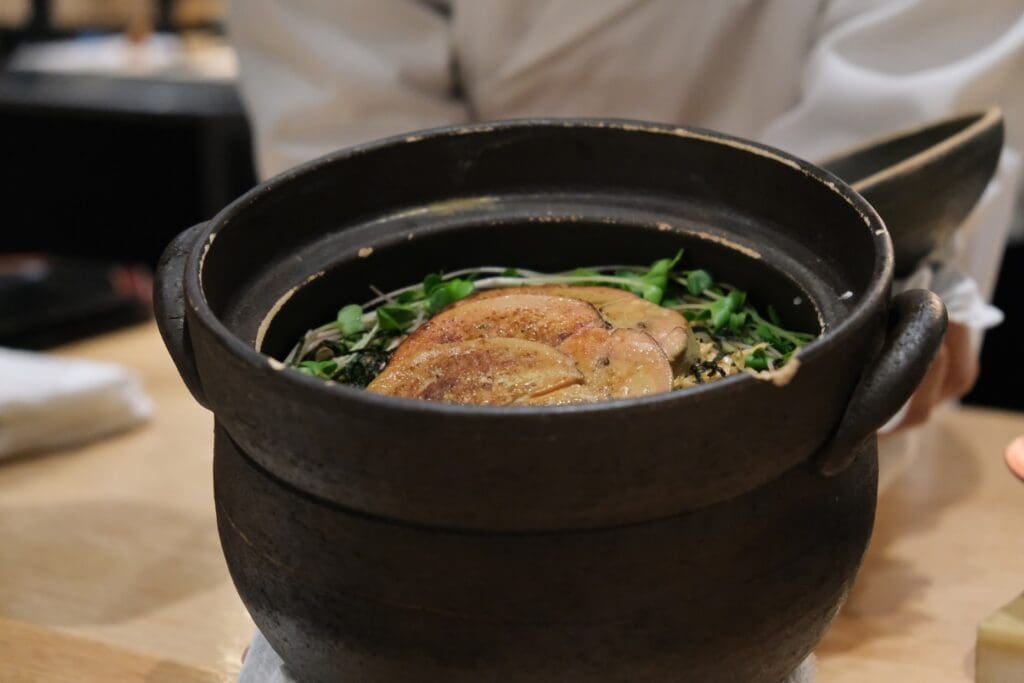
My favourite course of the night was cooked in a clay pot and later served in an Akita lacquer set. It was rice cooked with Sakura Ebi, Sansai, and Foie gras served with a side of tomato-miso soup. It was heartwarmingly delicious. I could have eaten this every day for a month.
Speaking of which…
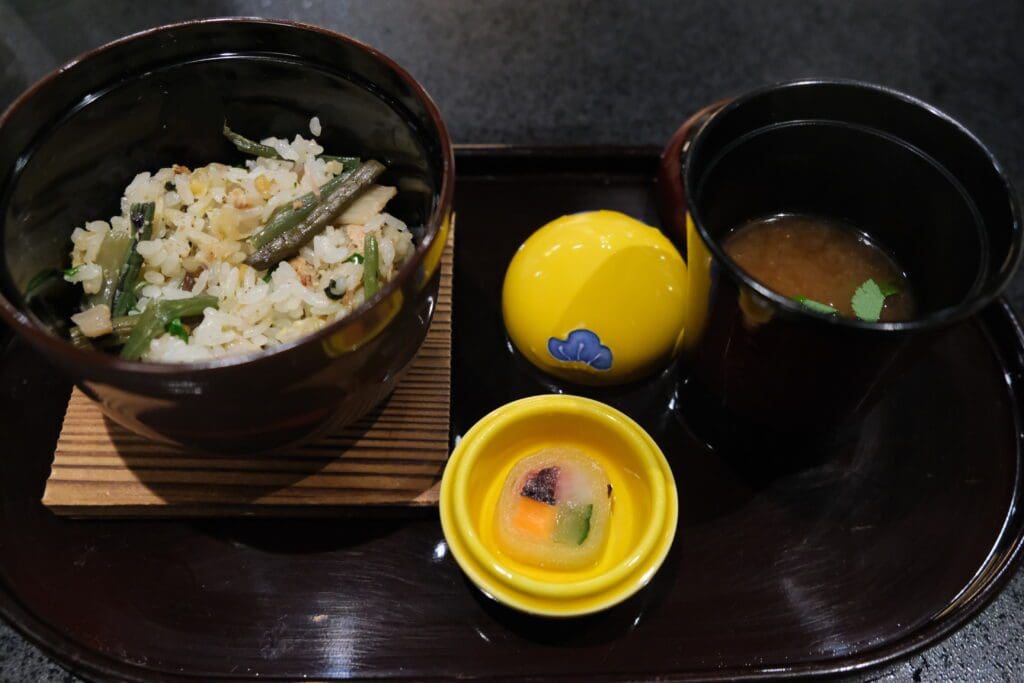
If there is one improvement I could request on the Kaiseki meal, it would be allowed to have unlimited rice top-up because this Sokuji tasted like a jigsaw puzzle that has been missing from my heart. Also, since Sokuji is usually served second to last, the last being a dessert, I am sure I am not the only one who would appreciate the unlimited rice ━ or at least a second serving option.
Kanmi ━ Dessert
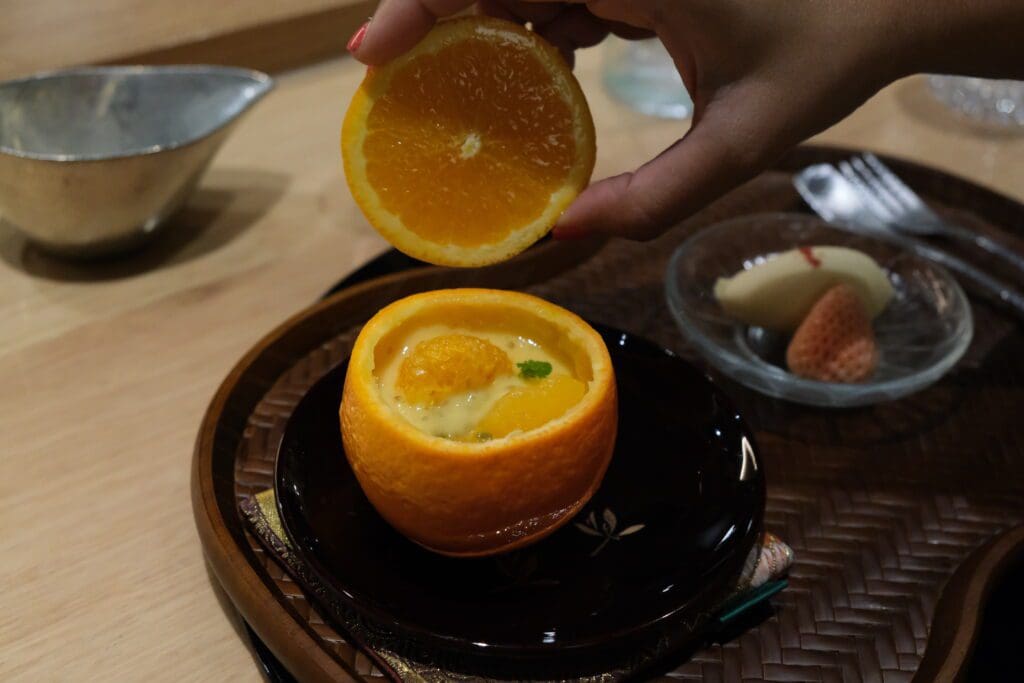
The last course was the dessert. But right before, I asked for a cup of sweet sake just because I overheard the conversation on my left side. The sweet sake was so easy to drink that even Fafa enjoyed it.
Back to the dessert, it was Amazake (fermented rice drink) served in and with Tangelo and a piece of white strawberry with a side of ice cream. Though it was terrific, and the Amazake definitely was unique, I couldn’t help but feel slightly disappointed that it wasn’t a Japanese wagashi.
But that feeling didn’t even last for more than a fleeting minute.
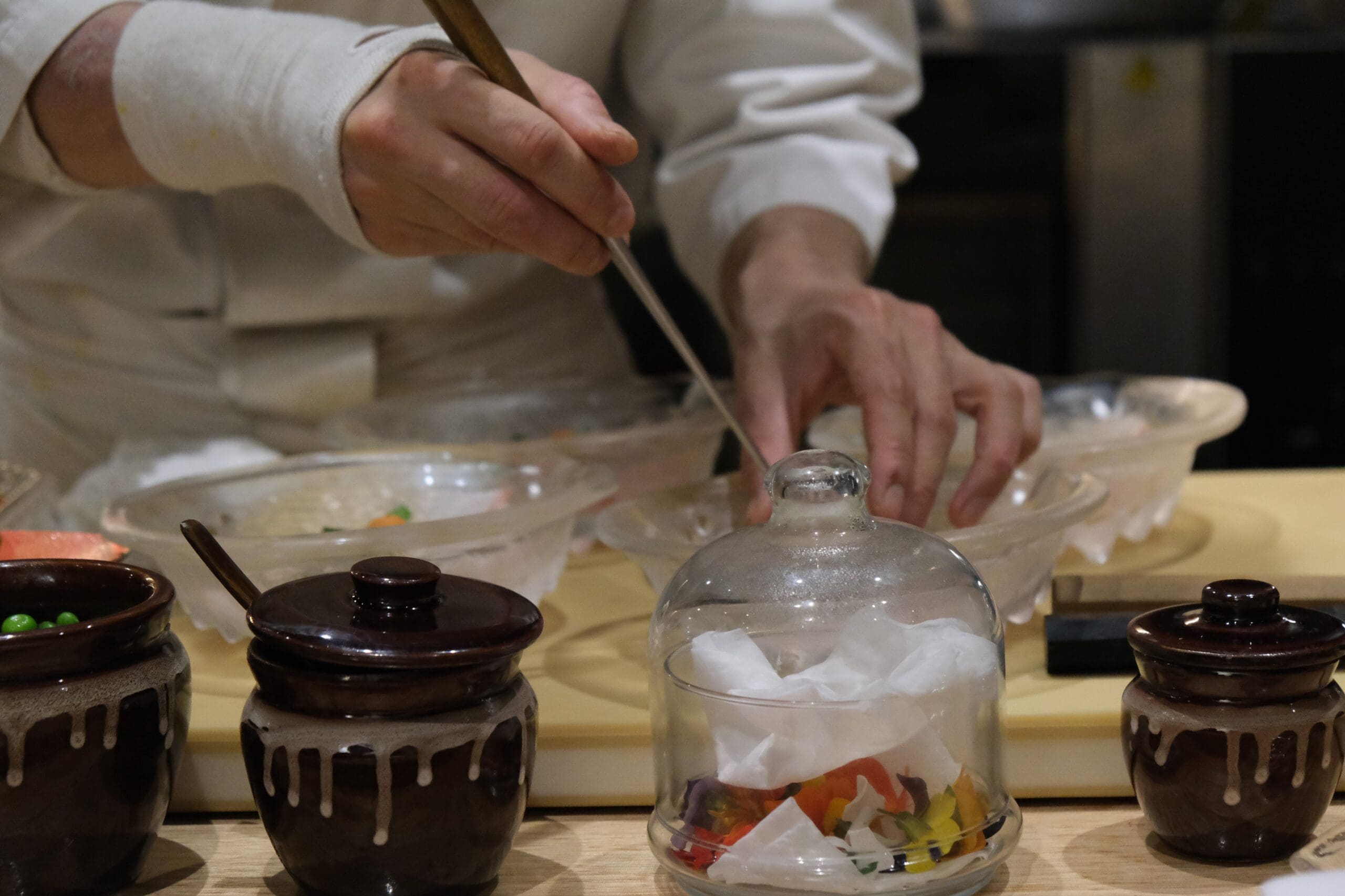
On the way home, it didn’t escape me that I am so privileged to experience the fantastic Kaiseki. And it was so good that I’d be happy if it were only a once-in-life experience.
Follow me on Instagram@KultureKween for more recent updates.
